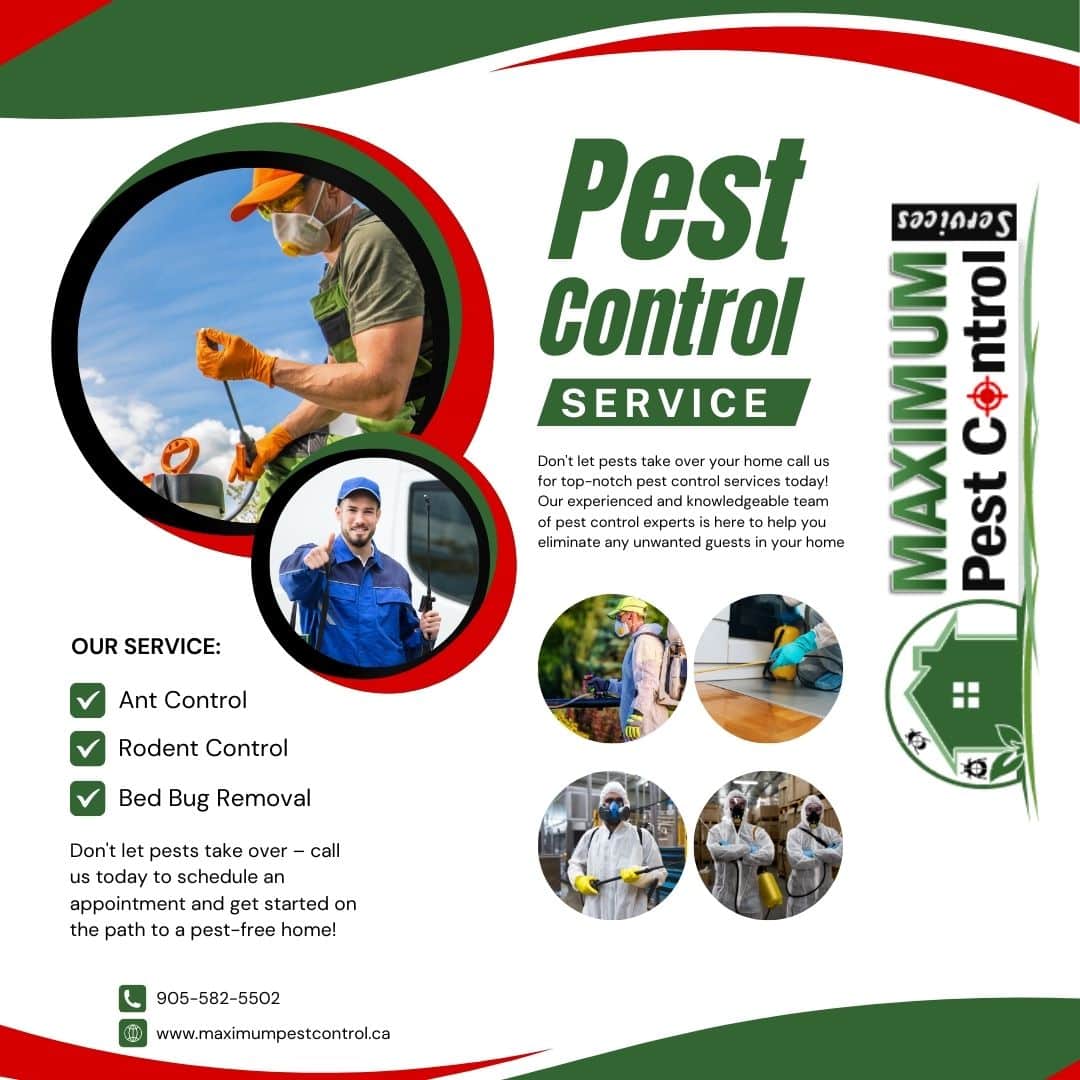
Identifying and Managing High-Risk Pest Zones in Your Facility
Pests are like tiny invaders, always on the hunt for their next meal. Food processing facilities? They’re basically all-inclusive resorts for these critters. As a manager, you’ve got to stay one step ahead. Think of your facility as a fortress. Where are the weak spots?
We’re going to dive into the pest hot spots you need to watch. These are the areas that make pests drool. But don’t worry, we’ve got your back. We’ll show you how to turn these danger zones into NO-GO areas for pests.
Landscaping: The First Line of Defence Against Pest
Bugs love lush gardens. But your facility’s green spaces shouldn’t be a pest paradise. Smart landscaping can keep critters at bay without sacrificing beauty.
Start with the right plants. Native species thrive with less water and care. They’re tougher against pests too. Avoid water-hungry plants that need constant soaking. Over-watering creates damp spots pests adore. Instead, opt for drought-resistant options that need less moisture.
Ground cover matters too. Mulch looks nice but can harbor insects. Try gravel or rocks instead. They dry quickly and discourage pests from setting up shop. Trim plants regularly to prevent overgrowth. Dense foliage gives bugs cozy hiding spots. Keep it neat, and you’ll keep pests in check.
Garbage and Recycling Areas: A Haven for Pests
Garbage and recycling spots are like an all-you-can-eat buffet for pests. They’re drawn to these areas like moths to a flame. Rotting food, damp cardboard, and cozy nooks make for a pest paradise. It’s no wonder these spots become hotbeds for unwanted critters.
But don’t throw in the towel just yet. With some smart moves, you can turn these pest magnets into fortress-like zones. Regular cleaning is your secret weapon. Seal those bins tight and keep the area dry. Consider upgrading to pest-proof containers. Stay on top of pickup schedules to avoid overflow. Remember, a clean trash area is a pest’s worst nightmare.
Securing Entry Points: Windows and Doors
Windows and doors are like welcome mats for pests if you’re not careful. These entry points can turn into highways for unwanted visitors. Cracks, gaps, and worn-out seals are all pests need to sneak in. They’re experts at finding the tiniest openings.
Don’t let pests waltz right in. Inspect your windows and doors regularly. Look for any signs of wear and tear. Replace old weather-stripping and fix loose frames. Consider installing door sweeps and window screens. For extra protection, use silicone caulk to seal small gaps. Remember, a well-sealed entrance keeps pests where they belong – outside.
Roof Vulnerabilities: An Overlooked Risk
Roofs often slip under the radar when it comes to pest control. But they’re prime real estate for critters looking to move in. Damaged shingles, loose tiles, and clogged gutters are like neon “vacancy” signs for pests.
Birds love nesting in eaves and chimneys. Rodents can gnaw their way through weak spots. Even insects find cozy homes in damp, neglected roof areas. Once they’re in, they can wreak havoc on your building’s structure.
Don’t let your roof become a pest hot spot. Regular inspections are key. Fix any damage promptly. Keep gutters clean and flowing freely. Trim nearby trees to limit easy access. A well-maintained roof does double duty – it keeps the elements out and pests at bay.
Storage Areas: Hidden Dangers
Storage rooms are like hidden cities for pests. Dark corners, cluttered shelves, and rarely-moved boxes create perfect hideouts. Pests can set up camp unnoticed for months. It’s their dream scenario – food, shelter, and little disturbance.
Rodents love chewing through cardboard boxes. Insects thrive in dusty, forgotten spaces. Even stored food products can attract unwanted guests. The longer items sit untouched, the bigger the risk grows. For infestations, it is a ticking time bomb.
Take charge of your storage spaces. Organize regularly and keep things tidy. Use plastic containers instead of cardboard when possible. Check stored items often, especially food products. Good lighting and ventilation help too. Remember, an organized storage area is a pest’s worst enemy.
Additional Areas to Monitor
Don’t forget about those less obvious spots pests love to call home. Vending machines, for instance, are like pest magnets. Crumbs and spills create a feast for insects. Regular cleaning and maintenance can keep these areas pest-free.
Employee break rooms are another hot spot to watch. Food left out or improperly stored invites trouble. Encourage staff to clean up after themselves. Provide sealed containers for snacks and keep the area tidy. A clean break room makes for happy employees and unhappy pests.
Don’t overlook utility rooms and basements either. These often-neglected areas can become pest havens. Moisture issues, clutter, and dark corners are perfect for pests. Regular inspections and good housekeeping go a long way. Remember, pests love forgotten spaces, so don’t give them the chance to settle in.
Consulting With A Pest Management Professional Company
Teaming up with a pest professional company is like having a secret weapon against unwanted critters. These experts know all the sneaky tricks pests use. They spot trouble before it turns into a full-blown invasion. It’s similar to having a pest investigator on your side.
A good pest pro doesn’t just spray and hope for the best. They’ll craft a custom plan for your space. IPM is their go-to strategy. It’s all about prevention, using chemicals only as a last resort. They’ll teach you how to outsmart pests before they even show up.
Regular check-ups keep problems in check. It’s like pest insurance – a small investment that saves big headaches. With an expert’s help, you’ll keep your facility pest-free year-round. That means smoother operations and a healthier bottom line.






